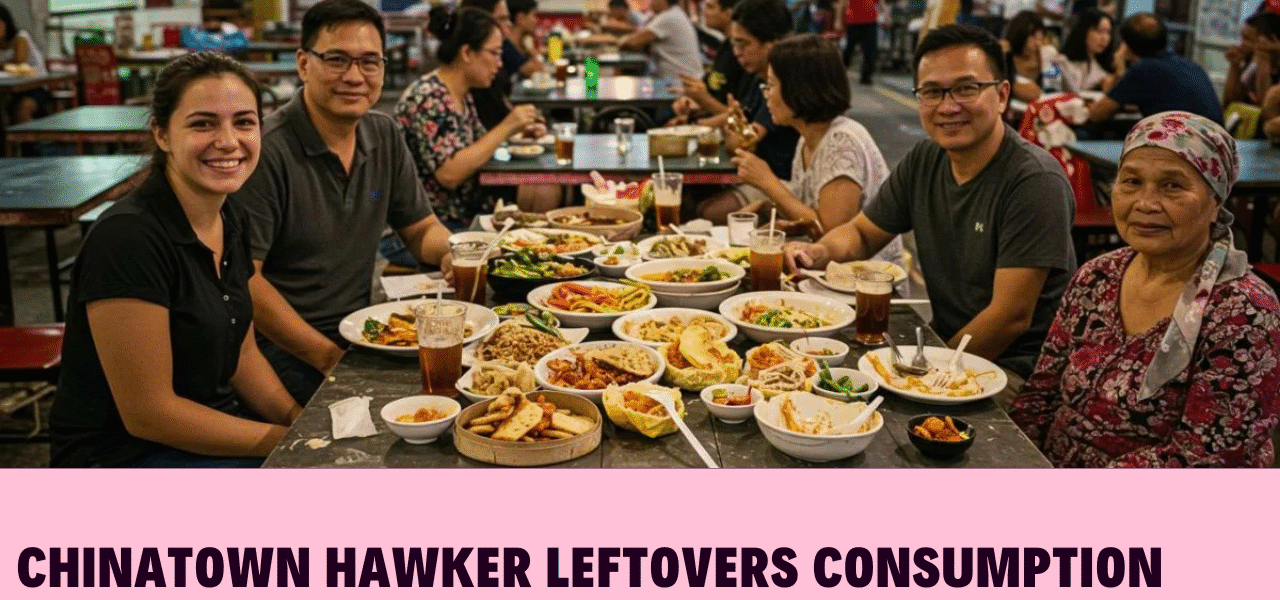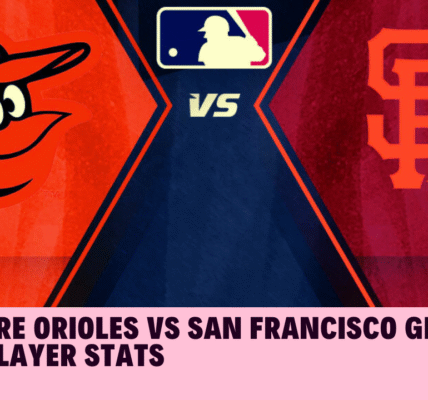Introduction to Chinatown Hawker Culture
Chinatown is a vibrant tapestry of culture, flavors, and traditions. At the heart of this dynamic neighborhood lies the bustling hawker centers, where food stalls serve up mouthwatering dishes that draw both locals and tourists alike. From steaming bowls of noodles to aromatic satays sizzling on grills, these culinary havens are a feast for the senses. But amidst all this gastronomic delight lies an often-overlooked aspect: leftovers. As diners savor their meals, many find themselves grappling with what to do when they can’t finish every last bite. The concept of Chinatown hawker leftovers consumption opens up a dialogue about our relationship with food—what we leave behind and how it impacts our community and environment. Let’s dive into this flavorful conversation!
The Issue of Leftovers in Hawker Centers
Hawker centers are a culinary paradise, brimming with diverse flavors and tantalizing aromas. However, the hustle and bustle of these vibrant markets often results in an alarming amount of leftovers.
Many patrons order more than they can consume, leading to heaps of uneaten food at the end of each day. This surplus not only represents wasted resources but also raises concerns about sustainability.
Leftovers frequently go unclaimed or thrown away, while countless individuals face food insecurity nearby. The contrast is striking: bustling stalls serving up delicious meals against a backdrop of discarded dishes.
Addressing this issue requires collective awareness and action from both vendors and customers alike. Finding solutions for leftover management is essential to ensure that hawker culture thrives without contributing further to environmental degradation.
Traditional Beliefs and Superstitions Surrounding Leftovers
In the vibrant world of Chinatown, food is more than just nourishment; it carries deep cultural significance. Many believe that leftover food can attract bad luck if not properly handled.
One common superstition suggests that uneaten rice should never be thrown away. It symbolizes wealth and prosperity. To discard it could invite financial hardship.
Another belief revolves around shared meals. Leaving leftovers on the table might offend spirits, who are thought to feast alongside diners during mealtime. It’s a sign of respect to finish what’s served.
These traditions reflect a rich tapestry of values tied to gratitude and abundance in Chinese culture. They encourage mindfulness about what we consume and how we treat our food, reinforcing connections with family and community through every meal shared.
Efforts to Reduce Food Waste in Hawker Centers
Hawker centers, beloved for their vibrant culinary offerings, face the challenge of food waste head-on. Many vendors are now employing smart strategies to ensure that leftovers find a second life.
One innovative approach involves collaborating with local charities. Surplus meals are donated rather than discarded, providing warm meals to those in need. This not only minimizes waste but also strengthens community ties.
Additionally, some hawkers have embraced technology. Apps designed to track inventory help predict demand more accurately. By understanding peak hours and popular dishes, they can adjust their preparations accordingly.
Another initiative focuses on portion control. Vendors offer flexible meal sizes that allow diners to choose what suits them best. This reduces the chance of uneaten food ending up in the bin.
These efforts signify a growing awareness within Chinatown’s culinary scene about sustainability and responsibility toward both customers and the environment.
Benefits of Eating Hawker Leftovers for the Environment and Economy
Eating hawker leftovers offers significant benefits for both the environment and the economy. When we choose to consume these remnants, we help minimize food waste. This simple act reduces landfill contributions, which in turn lowers greenhouse gas emissions.
Moreover, embracing leftover consumption supports local businesses. Hawker centers thrive on community patronage. By purchasing what would otherwise be discarded, consumers can provide a much-needed boost to vendors while also enjoying delicious meals at a lower cost.
In addition, this practice promotes sustainability within our dining culture. It encourages mindful eating habits and fosters respect for culinary traditions that emphasize resourcefulness.
By making hawker leftovers part of your routine, you contribute to a growing movement aimed at reducing environmental impact. Small choices can lead to meaningful changes when it comes to how we value food in our society.
Creative Ways to Reuse and Repurpose Hawker Leftovers at Home
Hawker leftovers can be a goldmine for creative home cooking. Think of fried rice made from leftover noodles or a savory stir-fry with mixed proteins and veggies.
Why not transform those extra dumplings into a delicious soup? Simply simmer them in broth, adding fresh herbs for an aromatic twist.
You can also whip up a spicy dip by blending leftover satay sauce with yogurt or sour cream. This makes for an excellent accompaniment to chips or veggie sticks.
Don’t forget about making sandwiches! Leftover chicken curry slathered between crusty bread can become your next favorite meal.
For added flair, use remnants as pizza toppings—just spread some sauce over dough and sprinkle on whatever you have left in the fridge.
These ideas not only minimize waste but also breathe new life into your meals, ensuring every bite is savored.
Conclusion: Embracing the Tradition of Finishing Your Plate in Chinatown Hawker Centers
Embracing the tradition of finishing your plate in Chinatown hawker centers reflects a deeper connection to culture, community, and sustainability. By appreciating every bite of delicious food served by local vendors, we honor their hard work and dedication.
The practice of consuming leftovers not only alleviates the heavy burden of food waste but also encourages a mindful approach to eating. As diners become more aware of their choices, they contribute positively to both the environment and local economy.
So next time you find yourself surrounded by vibrant stalls filled with mouthwatering dishes, consider savoring those last few bites on your plate. It’s more than just a meal—it’s a way to engage with the rich traditions that make Chinatown’s hawker scene so special.




